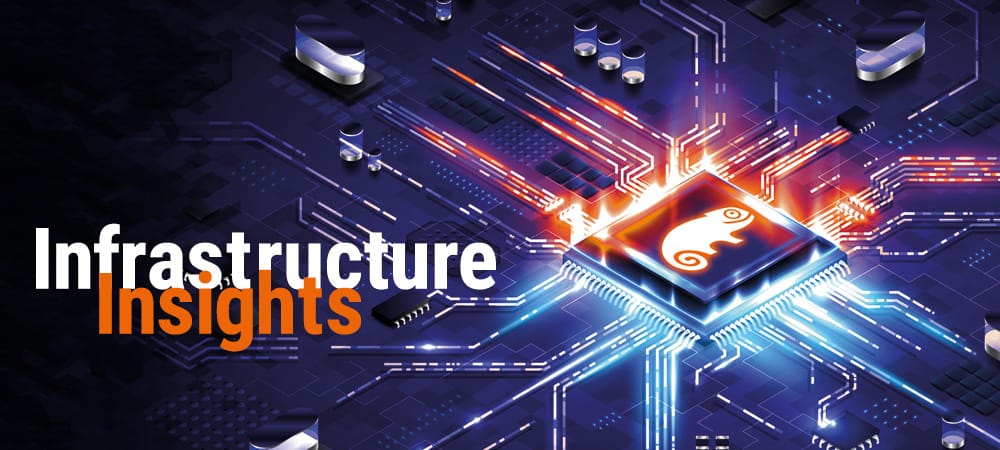SAP Without a Unique Selling Point


The two sides of SAP R/3
SAP's R/3 ERP software has two main characteristics. Firstly, it was a black box, which almost led SAP to be complacent regarding the internet. Secondly, it was a pioneering product in the ERP software market. R/3 was the epitome of holistic, orchestrated ERP software. No other software product contained as much business and organizational knowledge. R/3 could be adapted to meet the needs of any accounting challenge, regardless of currency, country, production type, or industry.
Focus on organization and business administration
The five SAP founders and numerous colleagues, including Professor Hans-Georg Plaut in Germany, developed a distinctive program for managing a business' organizational structure and process organization. Fifty years ago, no other software provider was able to achieve this level of clarity and completeness. SAP software was complex and, at times, challenging to navigate. It took some time for the software to gain traction with end users, with the assistance of large, global consulting firms.
SAP was the dominant player in the business software solutions market. Other IT companies provided operating systems, databases, middleware, and clients. There was a clear delineation of responsibilities between SAP, IBM, Oracle, Microsoft, and numerous other IT companies.
SAP’s fall from grace: business management vs. technology
SAP has established itself as a dominant force in the industry in recent years. The global ERP market leader has set out to become the dominant player across the entire IT stack. The company's product range includes database, middleware, and GUI solutions. Subsequently, the company expanded its scope to encompass cloud and AI. As a consequence of this development, SAP was compelled to redistribute its resources. The company's primary focus has shifted away from addressing business challenges. SAP encountered formidable competitors in areas such as databases, cloud computing, and AI. SAP remains a dominant player in the finance, control, and ERP sectors, but many competitors have caught up, and SAP has only modestly extended its lead. SAP is currently one of many successful IT companies.
Loss of SAP’s key strength
The SAP ERP theme encompasses the domains of supply chain planning and logistics, as well as the automation of industrial production. SAP was a pioneer in the manufacturing sector and to some extent in trade. A few years ago, competition with Microsoft and Siemens in the field of industrial software would have been unfeasible.
A few weeks ago, the German business newspaper Handelsblatt reported that Microsoft CEO Nadella announced in Berlin that Thyssenkrupp Automation Engineering plans to be the first company to use the Siemens Industrial Copilot on a global scale. The Siemens solution is an AI-supported assistant designed to enhance automation and efficiency in industrial processes. The Copilot is based on generative artificial intelligence from Microsoft and OpenAI. (Source)
Siemens will continue to invest in IT and ERP software. It was recently announced that Siemens is to acquire the US company Altair. This will make Siemens/Altair a direct competitor to SAP's industrial solutions on the global market for industrial automation. In the areas of SCM, PLM, and logistics, SAP is facing increasingly strong competition. The former unique selling point is disappearing. In CRM and HCM, SAP has already lost out to Salesforce and Workday. It is unclear what will become of Supply Chain Planning. What are SAP's future unique selling points now?





